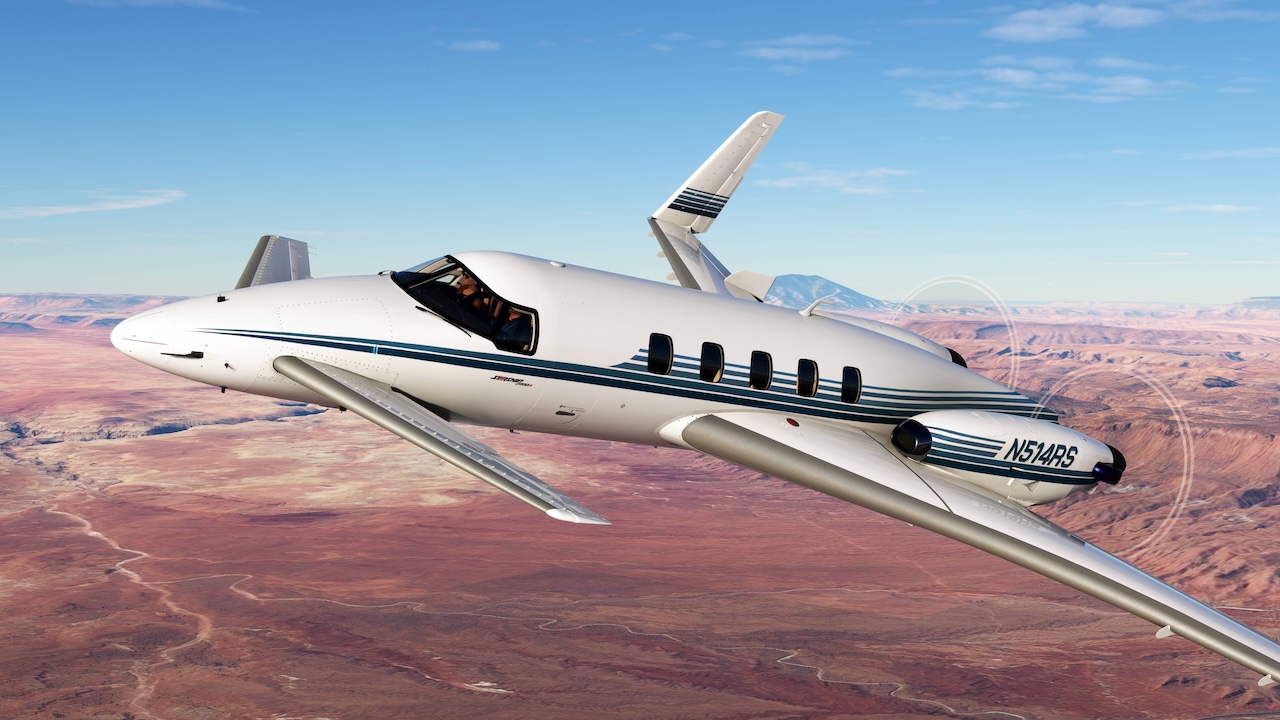After a prolonged development period beginning in 1979, the first Starship entered service in 1989. Only 50 airframes were delivered to customers, and six remain airworthy today. Despite being a notable failure, Starship was one of the most groundbreaking designs ever to see production. It was the first certified canard wing aircraft, the first business aircraft with an all-composite structure, the first certified twin pusher turboprop, the first general aviation aircraft with an all-glass cockpit, and it remains one of only three civilian turboprops with a service ceiling of 41,000 feet. More so than most rare or aging aircraft, Starship is a flying monument to innovation, ambition and the price paid for being too far ahead of one’s time.
Black Square’s Starship brings you one of the most technically advanced aircraft simulations for Microsoft Flight Simulator, with over 230 possible failures including new turbine engine failures, an accurate recreation of the one-of-a-kind Collins AMS-850 avionics suite and the most advanced pressurisation and cabin temperature simulations in MSFS. Avionics and instrument panel temperatures are simulated, and require proper management of cooling systems for continued operation.
Black Square’s new tablet interface lets you configure all options, manage payload, control failures, and monitor engines, electrical schematics and environmental control systems, all from within the simulator. The failure system allows for persistent wear, MTBF and scheduled failures for nearly every component in the aircraft. The Starship’s electrical system is the most accurate yet for Black Square, featuring the Starship’s implementation of the King Air triple-fed bus layout and back-up batteries for essential avionics. All systems in the Black Square Starship were created with reference to over 10,000 pages of operating handbooks, maintenance manuals, parts catalogues, and electrical schematics.
Users may choose whether to fly with modern GPS capabilities that have been added to the original AMS-850, with autopilot coupling to a GNS430 for modern approach, departure and arrival capabilities, or with only the navigational functionality of the original Starship, including VLF and Omega radio navigation. A 190-page manual provides instruction on all equipment and 62 in-game checklists with control/instrument highlighting are included for normal, abnormal and emergency procedures.
This simulation was created in partnership with real Starship owners to ensure the legacy of Starship and the operational knowledge lives on for a new generation of Starship admirers.

